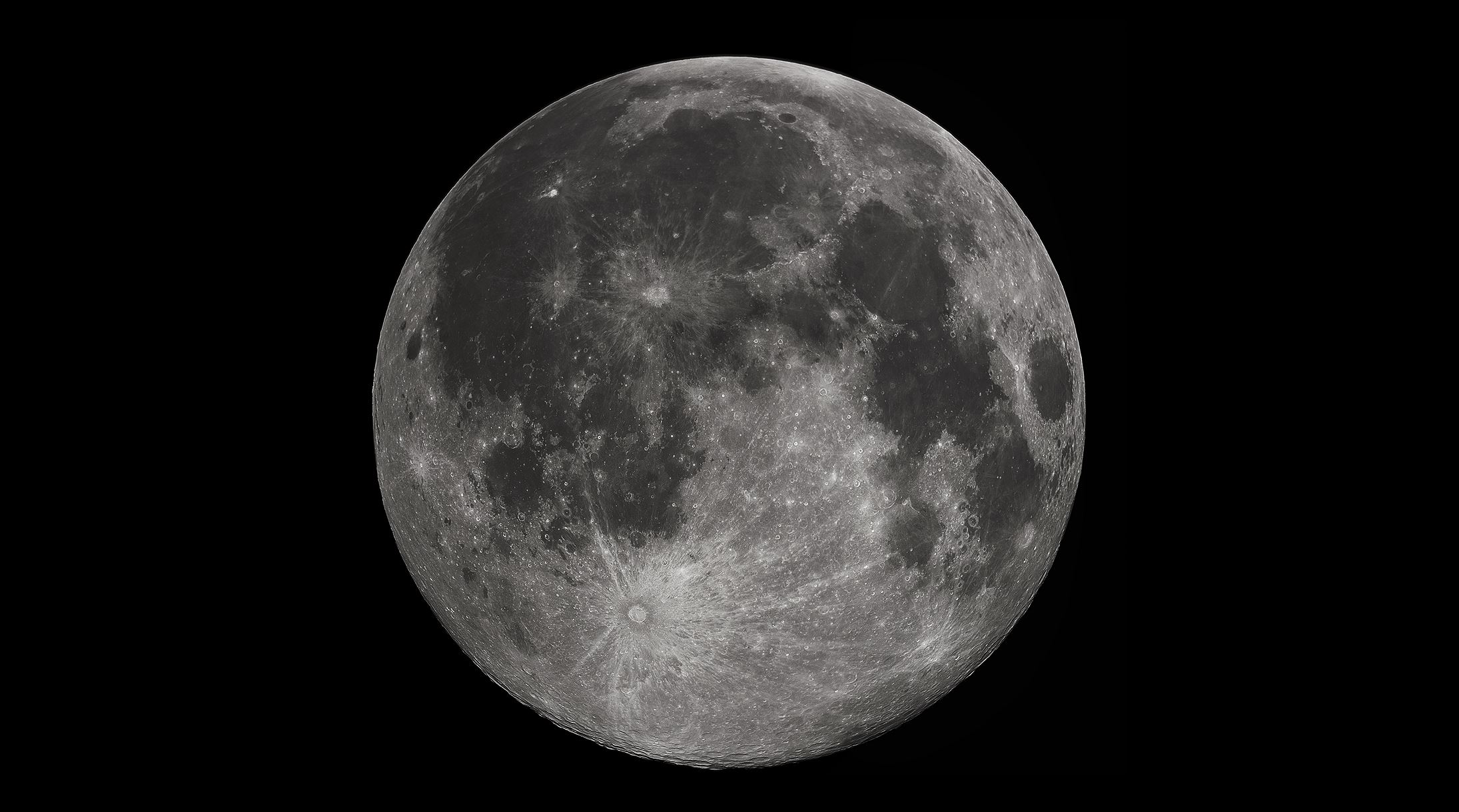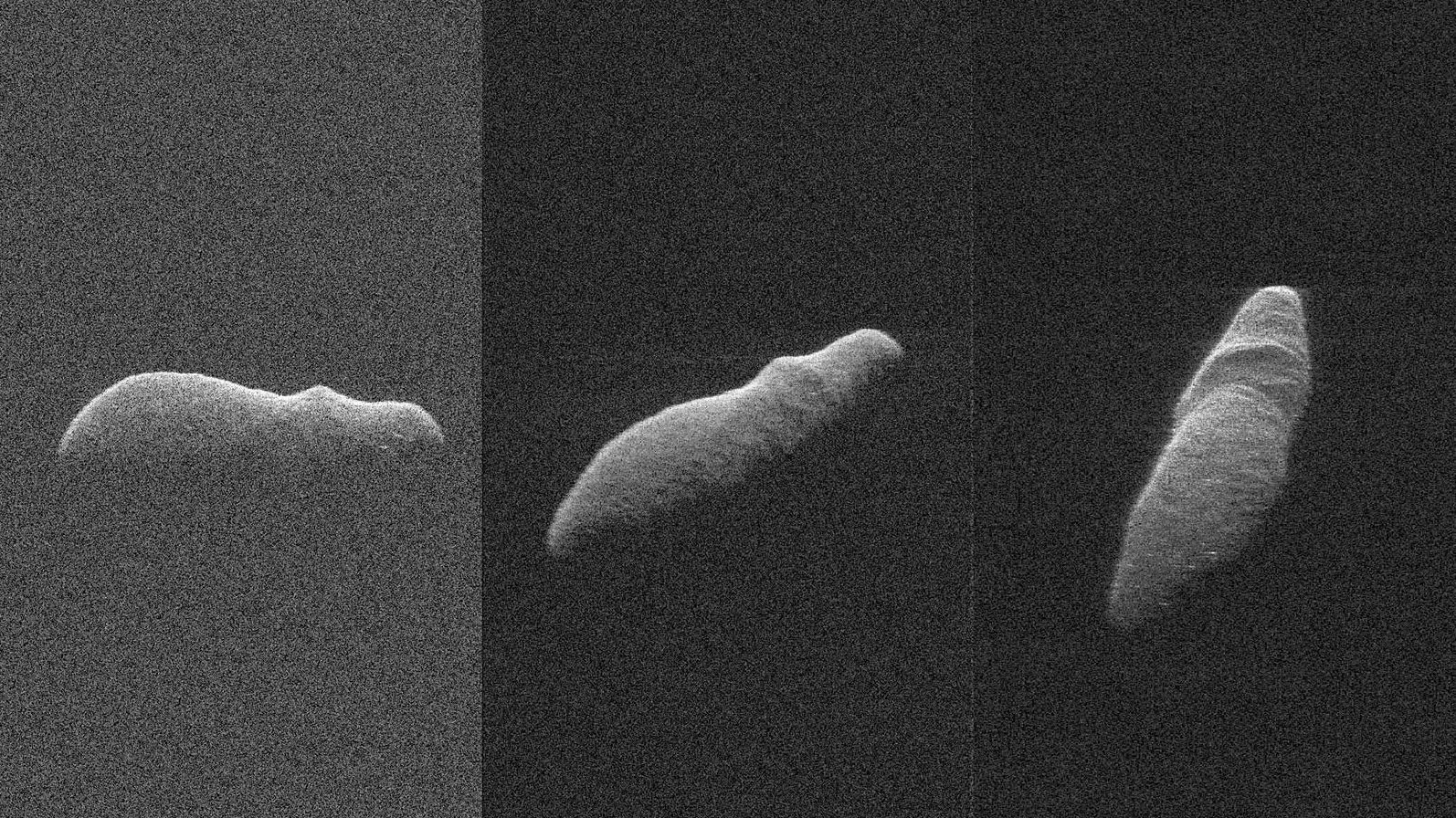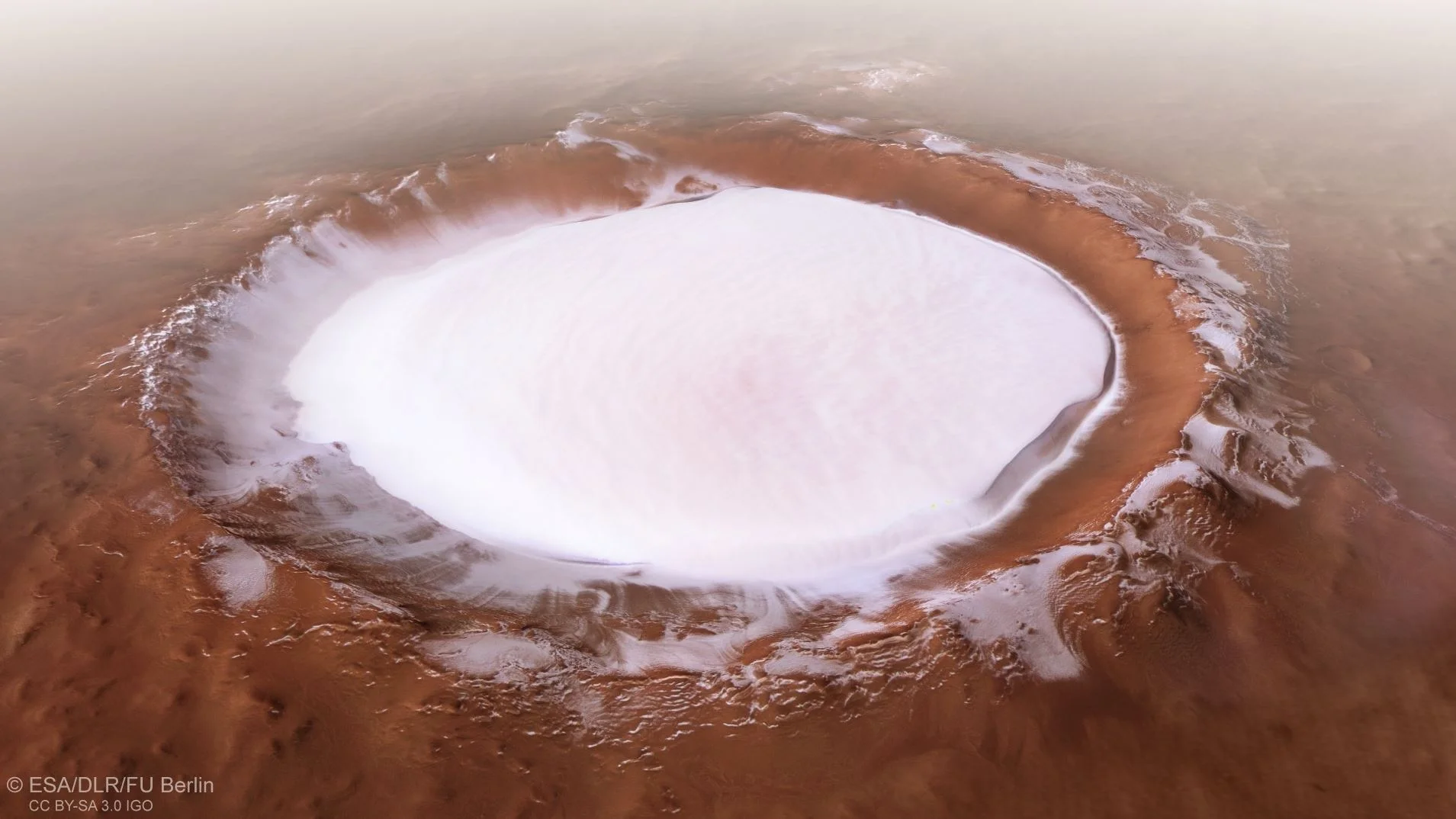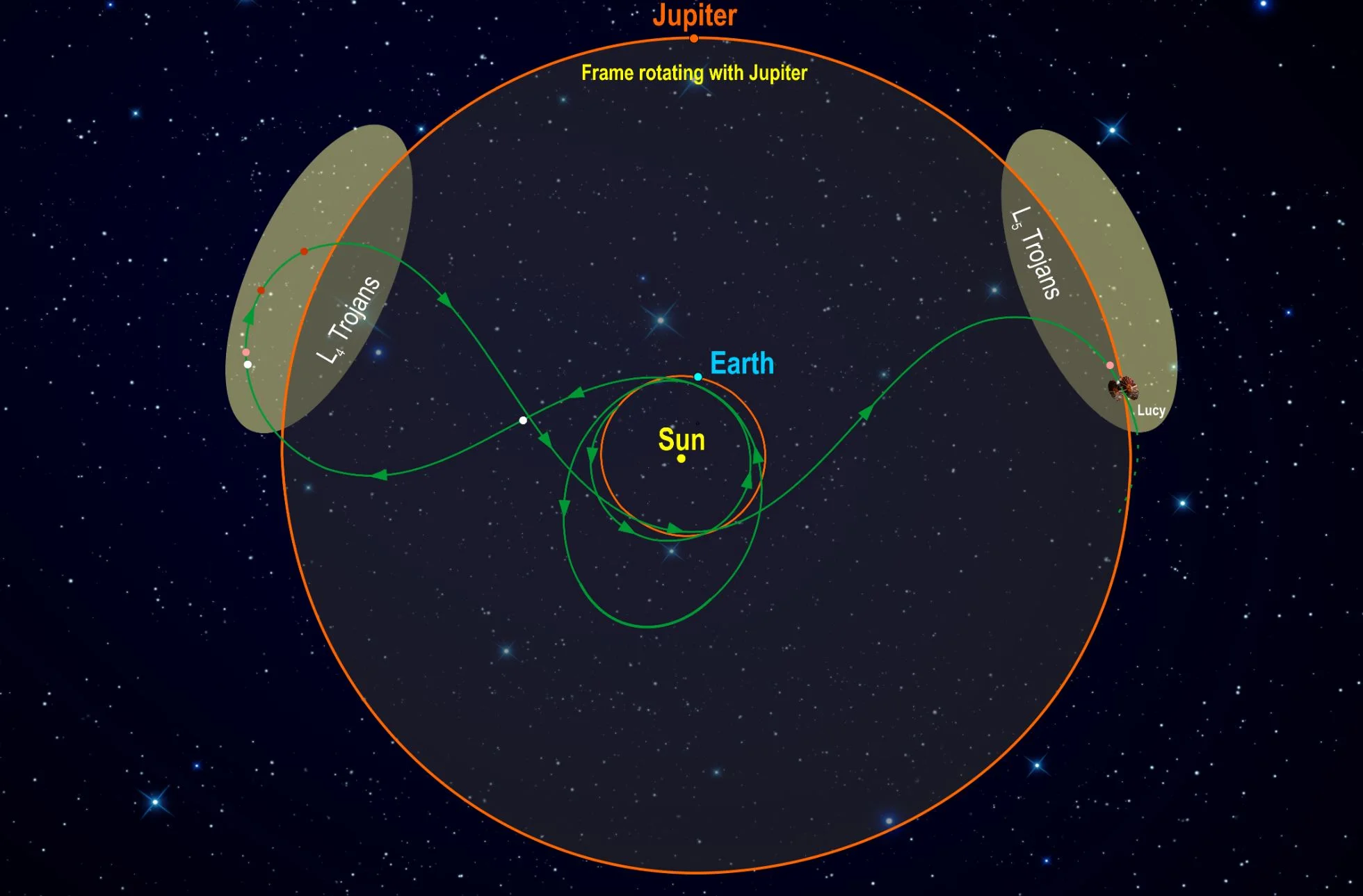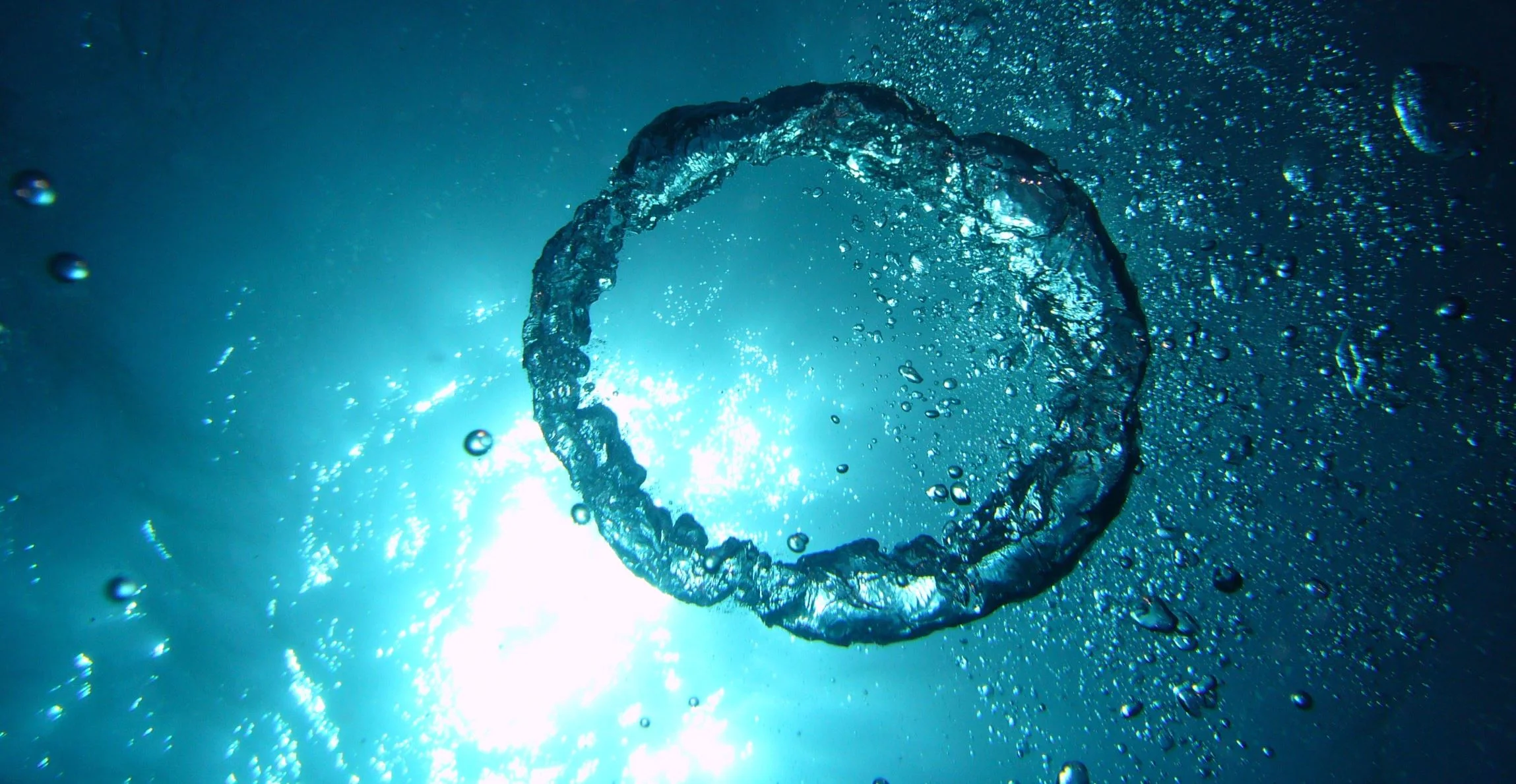Researchers design CubeSats with lasers to provide steady reference light for telescopes investigating distant planets.
Juno Saw One of Io’s Volcanoes Erupting During its Recent Flyby
Thanks to a mission extension, NASA’s Juno probe continues to orbit Jupiter, being only the second spacecraft in history to do so. Since it arrived around the gas giant on July 5th, 2016, Juno has managed to gather a great deal of information on Jupiter’s atmosphere, magnetic and gravity environment, and its interior structure.
Will China’s moon landing launch a new space race?
China became the third country to land a probe on the Moon on Jan. 2. But, more importantly, it became the first to do so on the far side of the moon, often called the dark side. The ability to land on the far side of the moon is a technical achievement in its own right, one that neither Russia nor the United States has pursued.
From volcanoes on Mars to scarps on Mercury – how places on other worlds get their names
The New Horizons spacecraft, which flew past Pluto in 2015, successfully completed a flyby of “Ultima Thule”, an object in the Kuiper belt of bodies beyond Neptune on January 1, 2019. The name Ultima Thule, signifying a distant unknown place, is fitting but it is currently just a nickname pending formal naming. The official names of the body and of the features on its surface will eventually be allocated (this could take years) by the International Astronomical Union (IAU), which celebrates its centenary in 2019.
India is Going to be Sending Three People to Space in Three Years
One of the most notable features of the modern space age is the way that new participants are entering the fray. In addition to the traditional contenders – NASA and Roscosmos – China has become a major player in space in recent decades. And in 2022, according tor recent statements, India will join the club too when it becomes the fourth nation to send a crewed mission to space.
NASA’s Technosignatures Report is Out. Every Way to Find Evidence of an Intelligent Civilization
In 1961, famed astronomer Frank Drake created a formula for estimating the number of extra-terrestrial intelligences (ETIs) that could exist within our galaxy. Known as the “Drake Equation“, this formula demonstrated that even by the most conservative estimates, our galaxy was likely to host at least a few advanced civilizations at any given time. About a decade later, NASA officially kicked of its search for extra-terrestrial intelligence (SETI) program.
Russian Cosmonaut says that the Hole in the ISS was Drilled From the Inside
Back in August, the crew of the International Space Station (ISS) was surprised to learn that a leak was responsible for a slight loss in air pressure aboard the station. After investigating, they learned that the cause was a small hole in the Russian Soyuz spacecraft that had docked with the ISS. While the hole was promptly sealed, the cause of it has remained a mystery ever since.
Something Twice the Size of Earth Slammed into Uranus and Knocked it Over on its Side
When you look up, how far back in time do you see?
Holiday Asteroid Imaged with NASA Radar
ESO to Host Cherenkov Telescope Array-South at Paranal
ESO’s Director General and the Managing Director of the Cherenkov Telescope Array (CTA) Observatory have signed the agreement needed for CTA’s southern hemisphere array to be hosted near ESO’s Paranal Observatory in Chile. In addition, the Chilean Government and ESO have signed the agreement enabling ESO to host this new telescope within ESO’s Paranal Observatory site. This will allow the world's most ambitious gamma-ray observatory to access not only Chile’s pristine observing conditions, but also ESO’s state-of-the-art infrastructure, expertise, and facilities. ESO will operate the facility on behalf of the CTA Observatory and its Members.
This Crater on Mars Traps the Cold, and Remains Filled With Ice, All Year Round
On June 2nd, 2003, the European Space Agency’s Mars Express mission left Earth to begin its journey to Mars. Six months later (on December 25th) the spacecraft fired its main engine and entered orbit around Mars. This Christmas will therefore mark the fifteenth anniversary of the orbiter’s arrival and all the observations it has made of the Red Planet since then.
Lucy Finds Its Place in the Solar System: Navigating NASA’s First Mission to the Trojan Asteroids
Earthrise, a photo that changed the world
December 24 is the 50th anniversary of Earthrise, arguably one of the most profound images in the history of human culture. When astronaut William Anders photographed a fragile blue sphere set in dark space peeking over the Moon, it changed our perception of our place in space and fueled environmental awareness around the world.
Faint Glow Within Galaxy Clusters Illuminates Dark Matter
NASA Telescopes Take a Close Look at the Brightest Comet of 2018
NASA Research Reveals Saturn is Losing Its Rings at “Worst-Case-Scenario” Rate
Here are 20 Protoplanetary Disks, With Newly Forming Planets Carving Out Gaps in the Gas and Dust
The hunt for other planets in our galaxy has heated up in the past few decades, with 3869 planets being detected in 2,886 systems and another 2,898 candidates awaiting confirmation. Though the discovery of these planets has taught scientists much about the kinds of planets that exist in our galaxy, there is still much we do not know about the process of planetary formation.



